What other popes have reigned as long as Francis?
With just under a dozen years on the Chair of Peter, Pope Francis is among a group of 9 other pontiffs to reign as pope for stints of 11-12 years.
When Jorge Mario Bergoglio was chosen by his fellow cardinals to follow Pope Benedict XVI as the next Successor to St. Peter on March 13, 2013, he was a pope of many “firsts”:
First member of the Society of Jesus (the Jesuits) to be elected pope
First pontiff to hail from the Western Hemisphere and south of the Equator
First pope in over 1200 years to have been raised outside of Europe (St. Gregory III, elected in the 8th Century, was from modern-day Syria)

Pope Francis has now occupied the Chair of St. Peter for nearly 12 years, and given his fragile health as of the writing of this article, (although we certainly pray for his recovery) his time on earth may well be coming to a close.
Either way, a dozen-year papacy is nothing to shake a stick at. The average papal reign has been around seven (7) years, and that’s with a large handful of pre-Middle Ages pontiffs who were only in office for approximately five minutes.
Over the past 2,000 years, Francis is currently one of 10 men throughout history who have served as the Vicar of Christ for between 11 and 12 years.
So, who are the other nine?
#2: Pope St. Linus - 11 years
The “Pope After Peter” – literally the second pope in history – is believed to have been pope for 11 years, from roughly 68 AD to 79 AD.
The earliest historical record of Linus, interestingly enough, is at the very end of the 2nd letter of St. Paul to Timothy, chapter 4 verse 21. The last 4 verses of that letter read:
Greet Priscilla and Aquila, and the household of Onesiphorus. Erastus remained at Corinth; Trophimus I left ill at Miletus. Do your best to come before winter. Eubulus sends greetings to you, as do Pudens and Linus and Claudia and all the brethren. The Lord be with your spirit. Grace be with you.
We know this is the same Linus in large part thanks to St. Irenaeus, the early Church Father and bishop of Lyons (in modern-day France), who lived in the late 100s AD. Irenaeus not only tells us that Linus is the one mentioned by Paul, but he also is the chronicler who tells us the order of the first 11 popes after St. Peter, beginning with Linus.
Irenaeus, writing in his book “Adversus haereses” or “Against Heresies” around the year 180, says the following:
After the Holy Apostles (Peter and Paul) had founded and set the Church in order (in Rome) they gave over the exercise of the episcopal office to Linus. The same Linus is mentioned by St. Paul in his Epistle to Timothy. His successor was Anacletus.
#14: Pope St. Victor I - 11 years
Pope St. Victor I, like St. Linus, reigned for roughly 11 years, from 188ish AD to 199 AD. He is traditionally remembered as the first African pope, though we’re unsure of his date of birth. St. Jerome (writing in the 5th Century) mentions that Victor wrote several letters teaching the universal Church, thus using his authority as bishop of Rome.
This pope is most known for his work to unite the still-young Christian faithful in their dating of Easter celebrations each year – where most celebrated on a Sunday, the day in which Christ was raised from the dead, some adhered to a tradition stemming from St. John the Evangelist and used the old Hebrew calendar’s dating system, which meant Easter could technically fall on any day of the week.
#214: Pope Alexander VI - 11 years, 7 days
Notoriously known as perhaps the baddest of the bad popes, Alexander VI reigned at the height of the Renaissance, ascending to the papacy on August 11, 1492 and dying just 7 days after his 11th anniversary in 1503.
In the “good” column, Pope Alexander VI was by all accounts a very capable administrator, was protective of the Jews in his home country of Spain, oversaw the Jubilee Year of 1500 in Rome, and funded several restoration and beautification efforts that pilgrims to Rome still appreciate to this day – namely, commissioning Michelangelo to begin drawings to rebuild St. Peter’s Basilica.
Lest anyone have doubts that our present pontiff is the literal worst pope ever, the “bad” column for Pope Alexander VI will disabuse us all of that silly notion. With nepotism and simony being among his more tame antics, Alexander fathered several illegitimate children – one of whom was Cesare, the worst Borgia of the bunch – and had more than one mistress while in office.
#257: Pope St. Pius X - 11 years, 16 days
One of my personal favorites, and perhaps the most attractive pope in history, Pope St. Pius X began his papacy on August 4, 1903 and died just after the breakout of World War I, on August 20, 1914.
Though initially unwilling, Pius accepted the decision and took his name to honor both Bl. Pius IX and St. Pius V, two popes who had suffered and served the Body of Christ well.
In a style not so foreign to the current occupant of the Chair of St. Peter, Pius X often said, “I was born poor, I have lived poor, and I wish to die poor.” He was a uniquely pastoral pontiff, if nothing else because he’d been a simple parish priest for so much of his early career.
It’s perhaps thanks to St. Pius X that daily Communion is a normal occurrence these days. In a time when most Catholics received the Eucharist just three or four times a year, one of Pius’ best-known reforms was encouraging the laity, and most especially children, to receive frequently (and even daily), saying once:
“Holy Communion is the shortest and safest way to Heaven.”
#159: Blessed Pope Urban II - 11 years, 4 months, and 2 days
One of the greatest figures to ever serve as pope, Urban II was a product of the Cluniac monastic reforms of the 11th Century, and was plucked from quiet religious life after showing promise in his administrative ability and personal holiness.
Beginning his papacy in 1088, he did much during his 11+ years in office. Urban II is easily best known for sending Catholic pilgrims on Crusade to help the Byzantine emperor wrest control of the Holy Land away from the Seljuk Turks and back into Christian hands.

Here’s a salty quote, directed at bishops, from his famous speech at the Council of Clermont in 1095, which announced the Crusade:
God has put you as stewards over his family to minister to it. Happy indeed will you be if he finds you faithful in your stewardship. You are called shepherds; see that you do not act as hirelings. But be true shepherds, with your crooks always in your hands. Do not go to sleep, but guard on all sides the flock committed to you.
#180: Pope Innocent IV - 11 years, 5 months, 13 days
Innocent IV became pope in 1243 after an election process of nearly a year and a half (592 days), the seventh longest in papal history.
He was best known for approving the Poor Clares religious order, founded by St. Clare of Assisi, and convening the First Council of Lyons, the Catholic Church’s 13th ecumenical council.
#202: Pope Urban VI - 11 years, 6 months, 8 days
Another “bad pope”, Urban VI was elected in 1378 in the first conclave to be held in Rome in 75 years, following the “Babylonian exile” of the papacy’s seven decades in Avignon, France.
To his credit, Urban VI was renowned by those who knew him for his purity, temperance, and simple tastes. His undoing, though, was his profound lack of “Christian gentleness and charity,” as historian Ludwig Pastor described it. This made him, to put it lightly, rather unfit to reform the Church. Urban’s 11 years in office were some of the most disastrous of that era, but he was at least adamant about keeping the papacy in Rome.
The French bishops were a perpetual thorn in his side for his entire reign, and even put up an antipope in an attempt to wrest power back to Avignon. In fact, the great St. Catherine of Siena wrote to Pope Urban VI upon hearing of this, saying with her trademark zeal:
I have learned that those devils in human form have made an election. They have not chosen a Vicar of Christ, but an Anti-Christ; never will I cease to acknowledge you, my dear Father, as the Representative of Christ upon earth. Now forward, Holy Father! Go without fear into this battle, go with the armor of divine love to cover you, for that is strong defense.
#156: Pope Alexander II - 11 years, 6 months, 21 days
Alexander II became pope in the year 1061, becoming the first pope to be elected according to Nicholas II’s new papal selection rules promulgated two years earlier – namely, that the pope be chosen only by the cardinals, and no longer the Roman clergy and laypeople.
As pope, he apparently had no patience for men who bought their church positions (aka simony), because much of his papacy was spent shaking up corrupt bishoprics and churches all over Europe and replacing their leadership with reform-minded clergy.
One important effort, in particular, came in 1066, when William the Conqueror invaded England. With that invasion, Alexander was able to send papal representatives to root out simony among Ye Olde English clergy, who had become dangerously intransigent in their operations.
#143: Pope Benedict VIII - 11 years, 10 months, 23 days
And last but not least on this list is the pope whose family was the literal worst, even though it’s chock full of popes. Benedict VIII, who became Bishop of Rome in May 1012, was a member of the infamous Tusculani family, and was more or less handpicked for the job by Rome’s ruling class.
Benedict VIII made his mark on history with his decree to include the Nicene Creed in the Roman liturgy at the suggestion of Emperor Henry II. That decree reportedly marked the first time that creed had been used in the Mass since its creation in the 4th Century, and it remains in use to this day.
Most notably, however, is the sheer quantity of pontiffs that came from Benedict’s extended family. His brother, Pope John XIX, came immediately after him in the Chair of Peter, and his nephew was the notorious Pope Benedict IX, who is the only man in history to have held the papacy THREE TIMES. Also, his uncle was Pope John XII, who was killed by an angry husband after finding the pope in bed with the man’s wife.
One heck of a family tree.
If you’ve made it this far, well done!
That wraps up the list of men whose papacies lasted between 11 and 12 years, alongside our present Holy Father.
Please continue to pray for Pope Francis as he battles illness in the hospital.




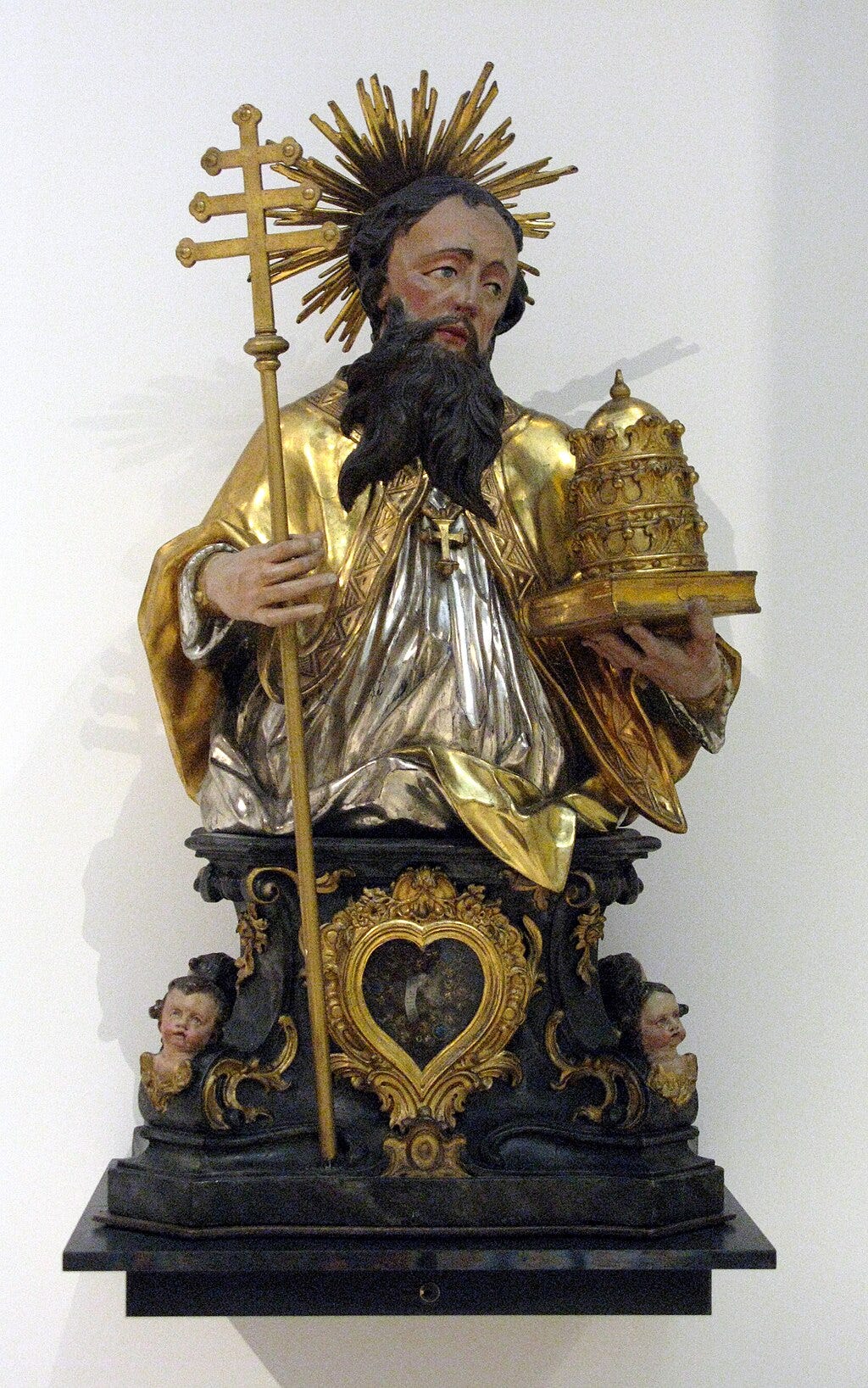
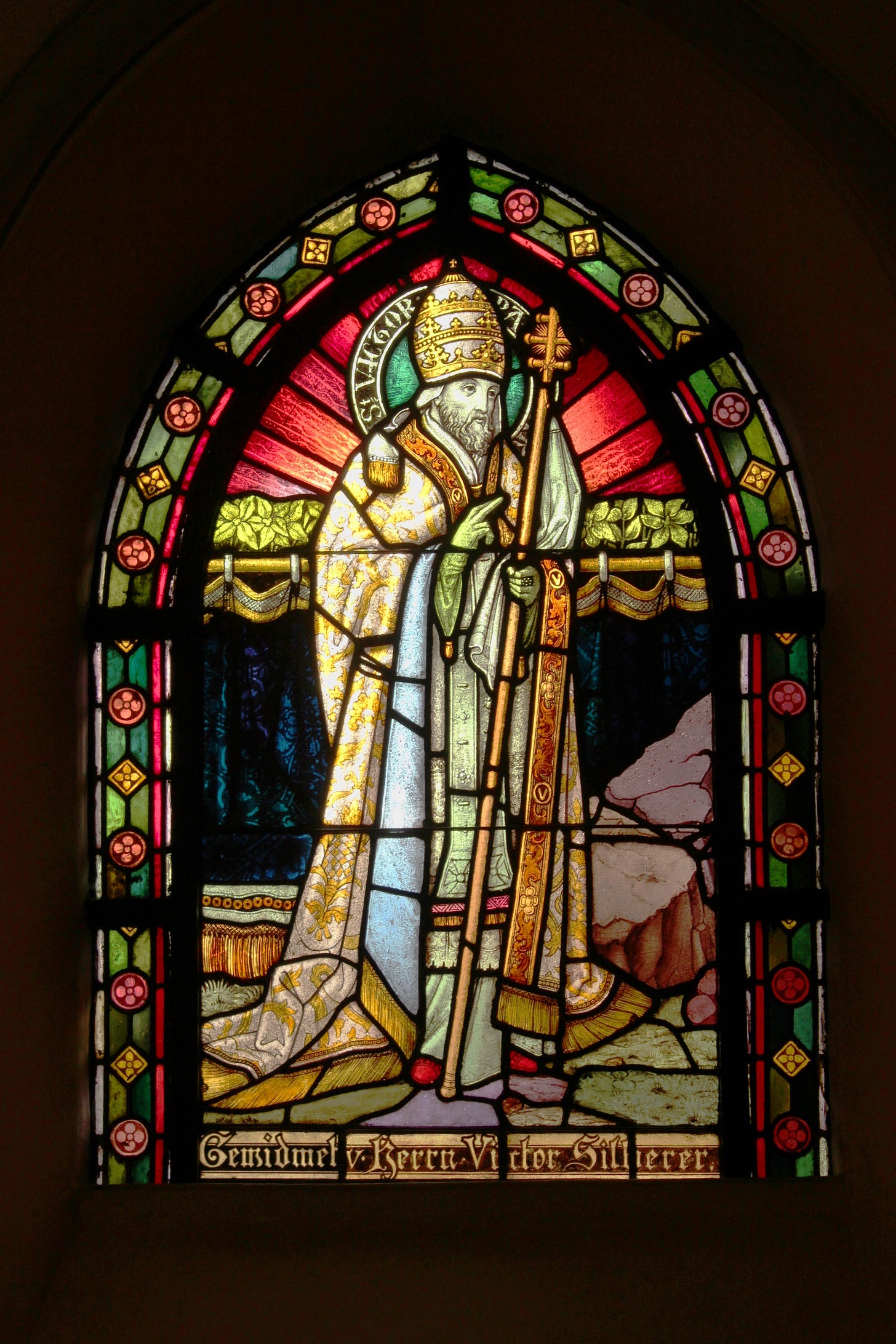

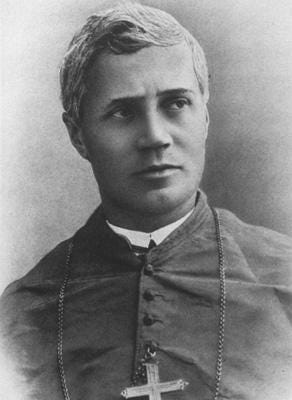

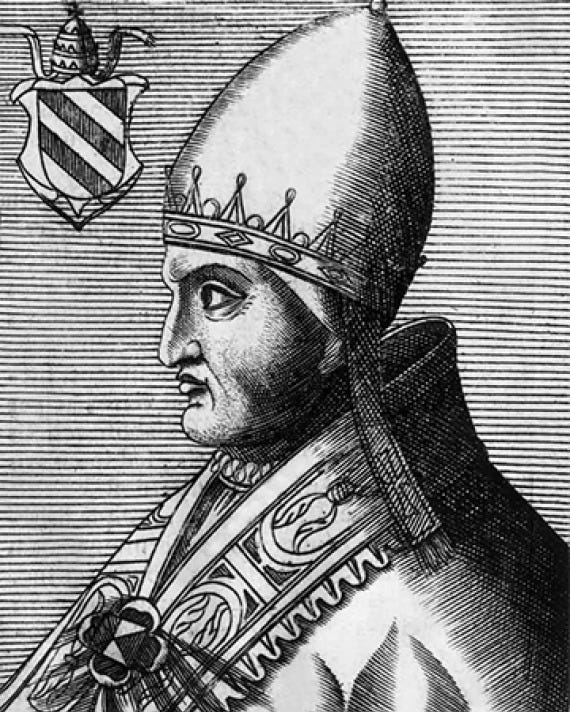
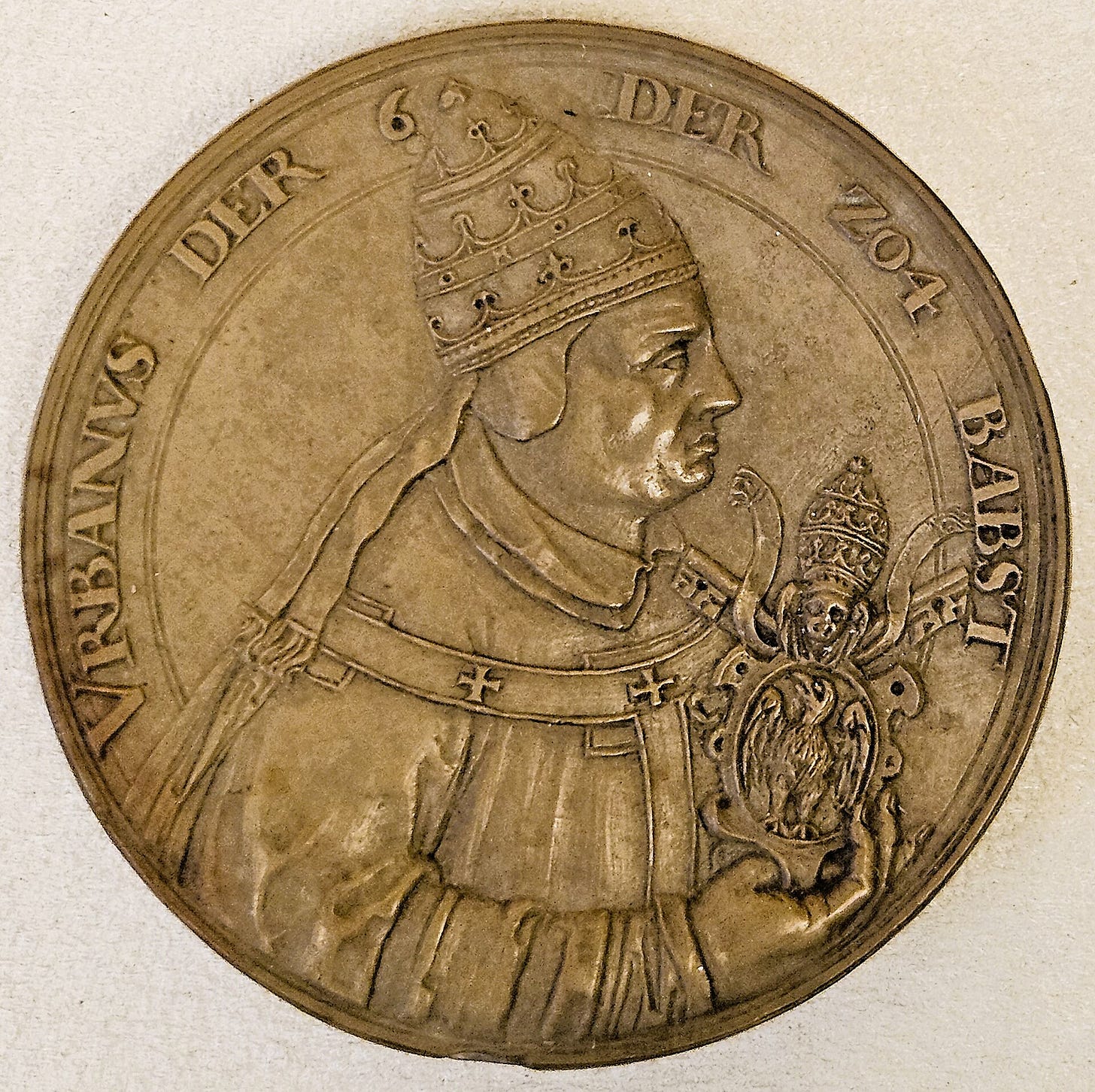

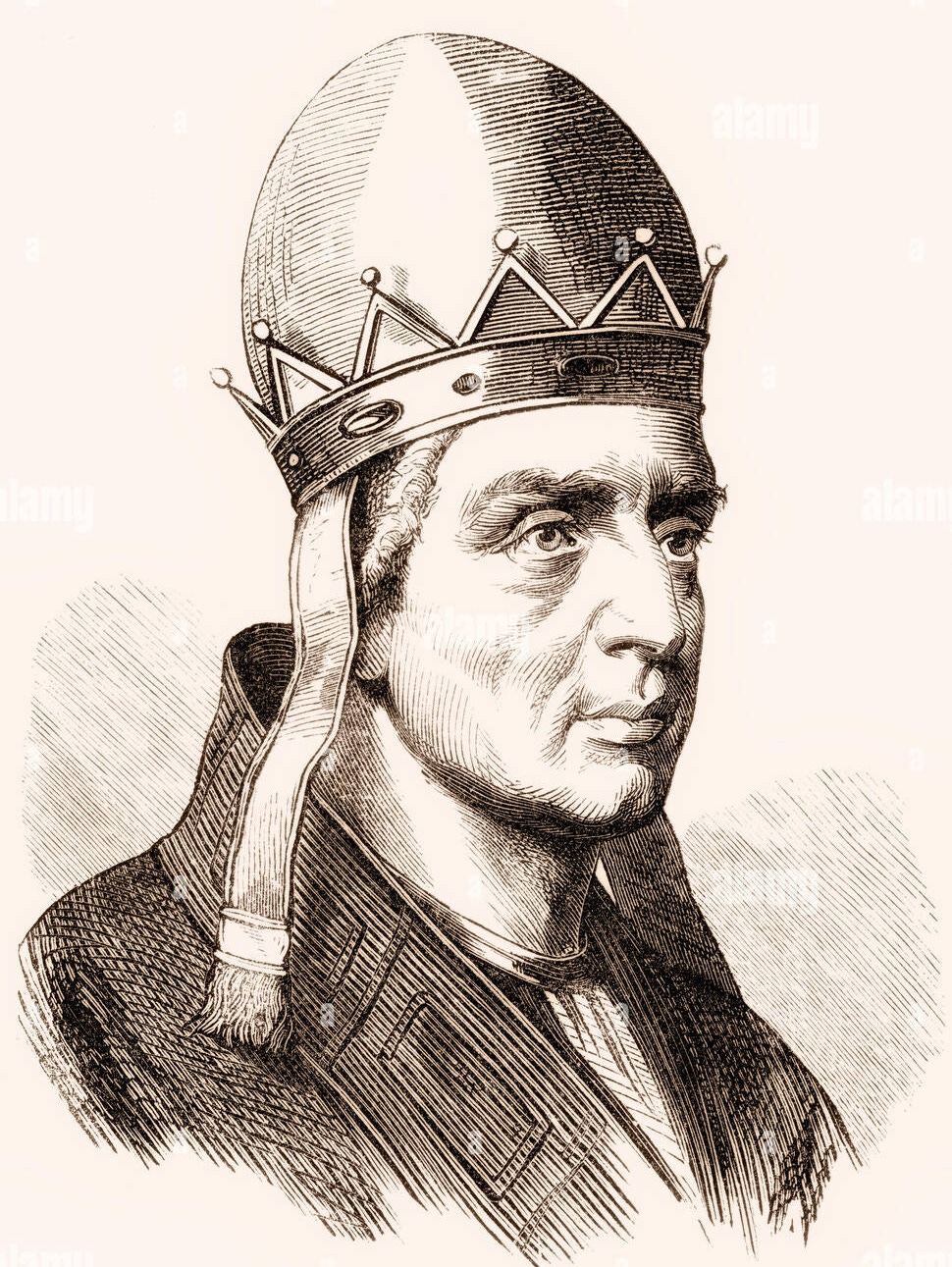
This is very interesting and entertaining. Thank you.
Some of the popes of the "Dark Ages" (circa 875-1000) were probably worse than Alexander VI.